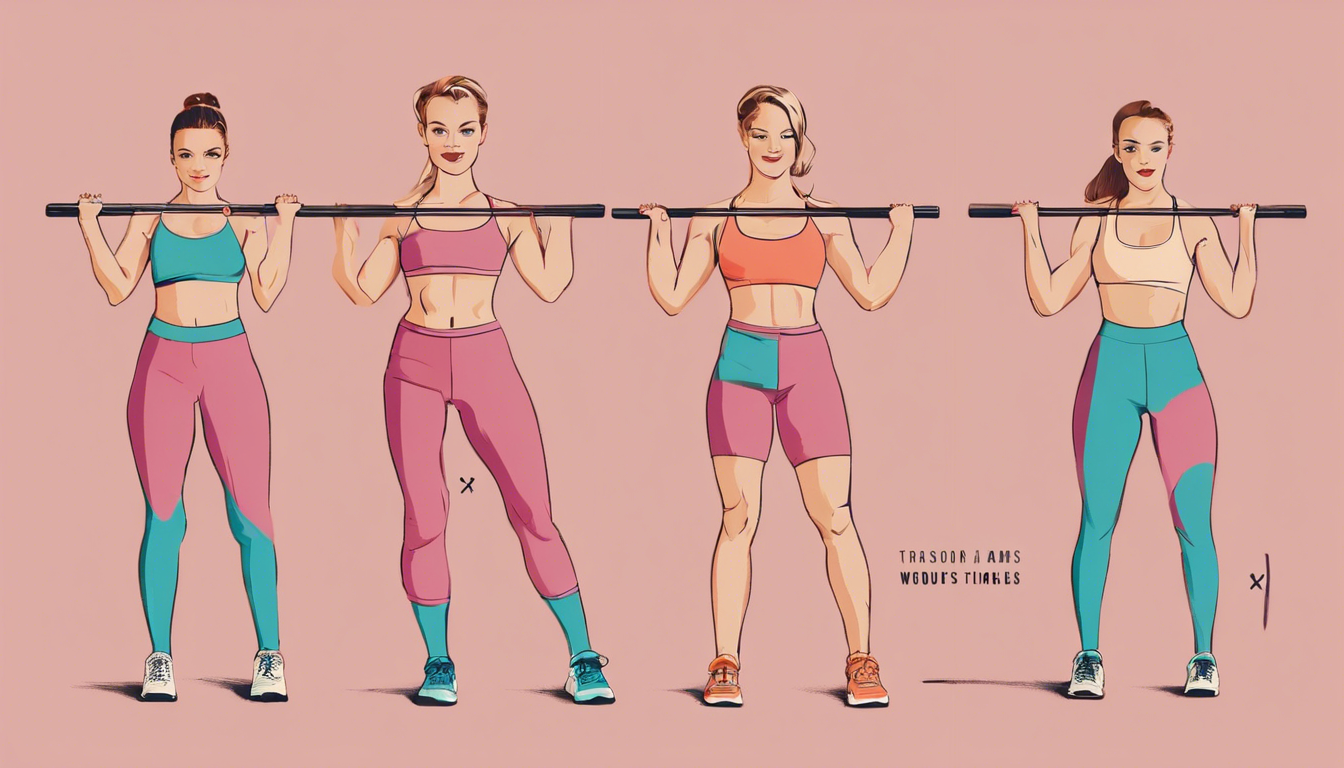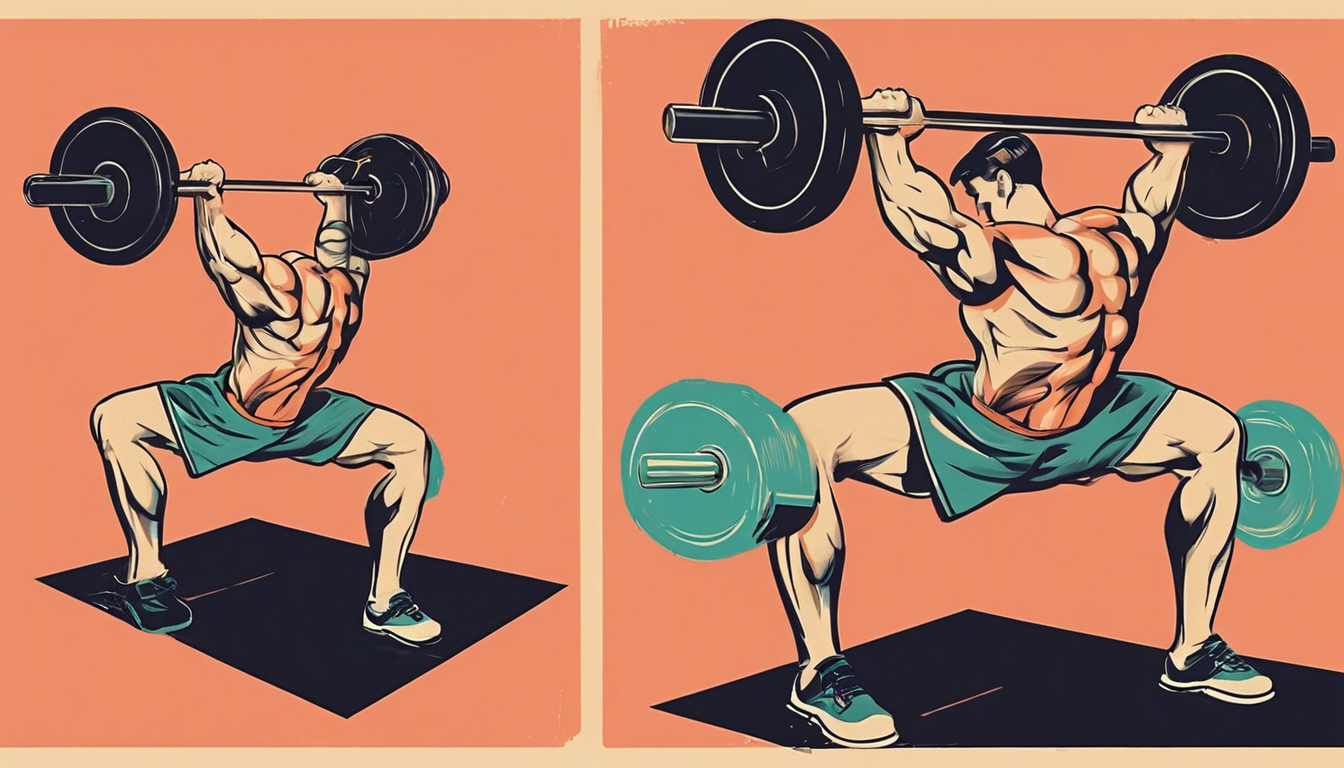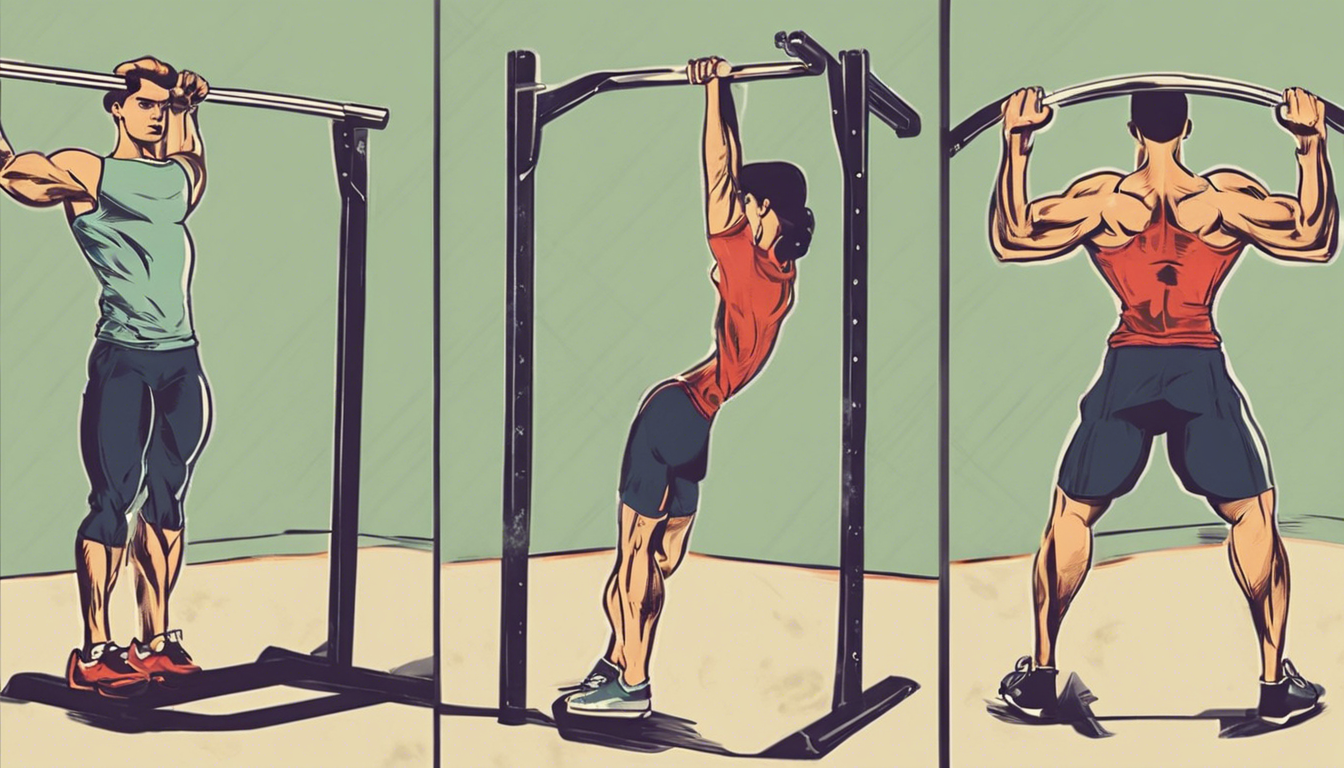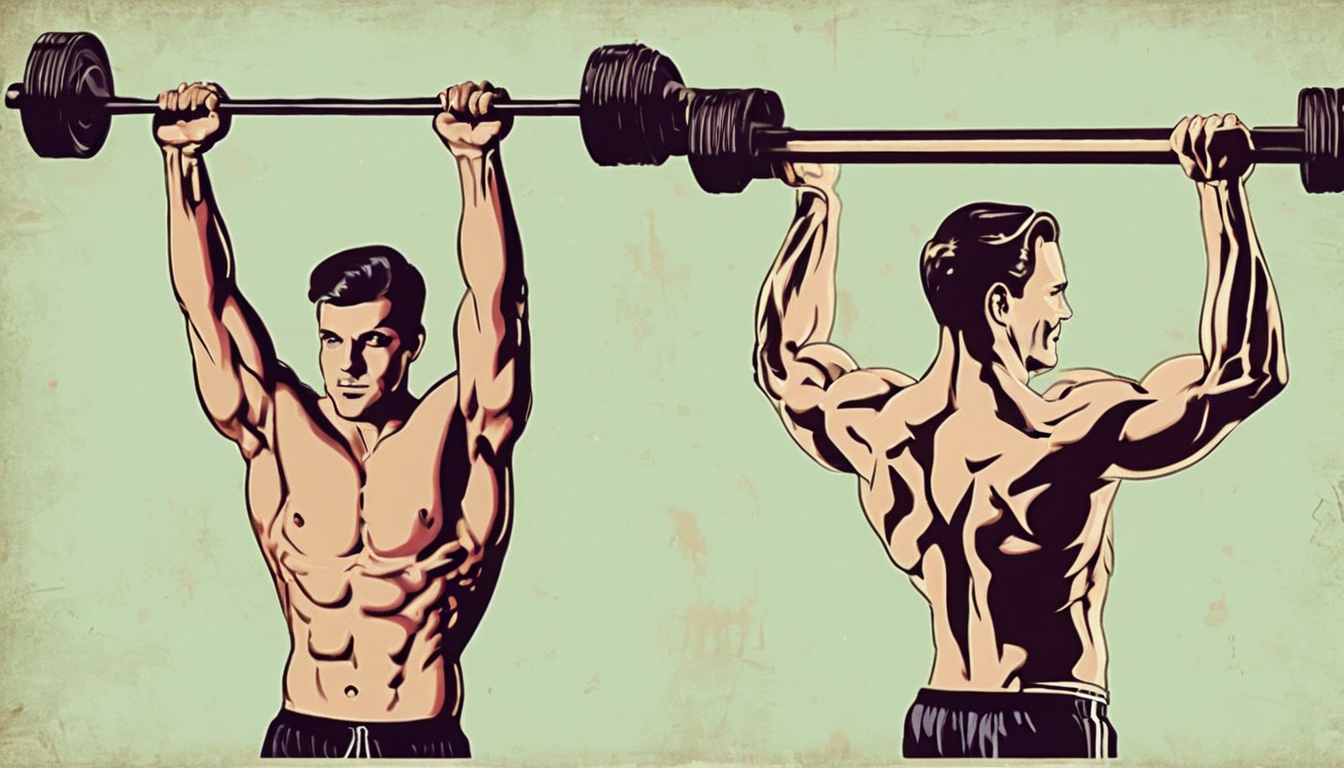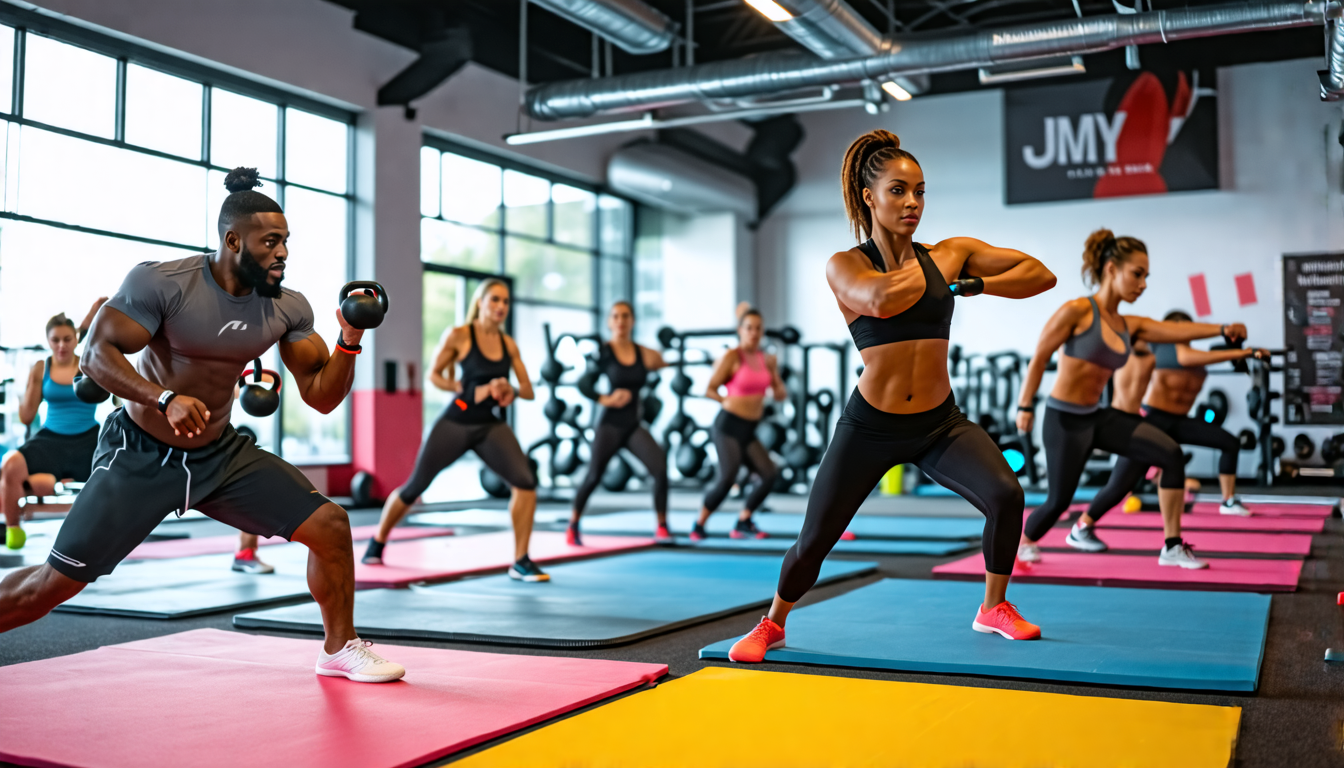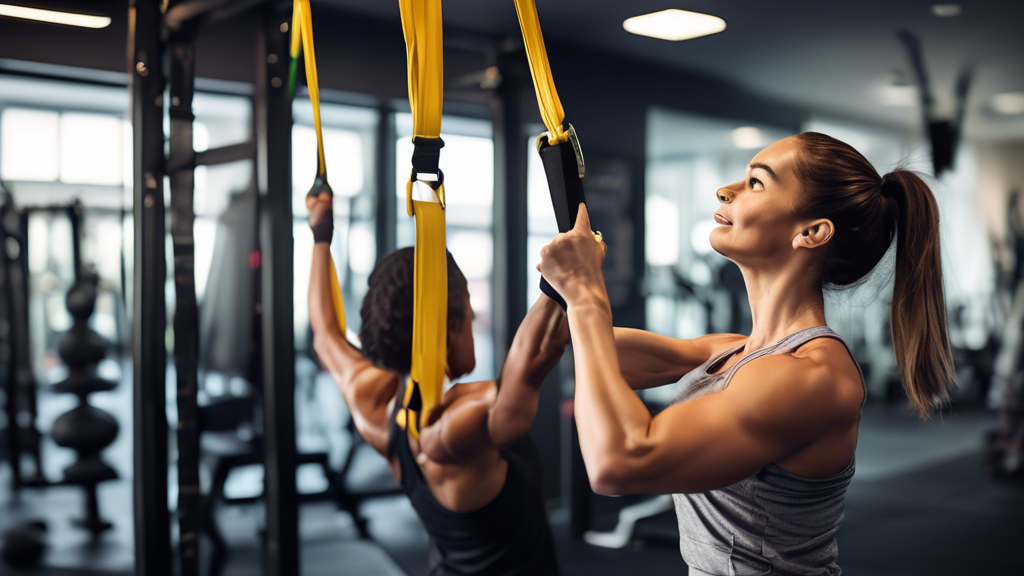
The Vision of Strength
Imagine the satisfying, metallic *clink* of the bar as you lower yourself, muscles spent but victorious. Picture yourself effortlessly pulling your chin over that steel, feeling the powerful symphony of your lats, arms, and core firing in unison. This isn’t just an exercise; it’s a fundamental display of human strength that unlocks doors to climbing, advanced calisthenics, and a formidable physique. For many, the standard pull-up stands as an imposing barrier, a symbol of fitness out of reach. But this barrier has a master key: a systematic, intelligent approach that builds the bridge from “I can’t” to “I own this.” Mastering Assisted Pull-Ups for Beginners is the non-negotiable foundation. It is the precise method for building the raw strength, ingraining flawless technique, and forging the unshakable confidence required to conquer your first unassisted rep and ascend to new levels of capability.
Foundational Choices: The “Hardware” of Assistance
Your journey begins not with a leap, but with the right scaffold. Selecting the optimal assistance tool is critical—it provides the exact support needed to train with perfect form, turning frustration into measurable progress.
Part A: Selection and Sizing – Choosing Your Assistance Method
Each tool offers a distinct path to the same summit. Your choice depends on your environment and goals.
- Resistance Bands: The versatile choice for home gyms. They provide variable assistance (most help at the bottom, less at the top), closely mimicking the strength curve of a real pull-up. A set of varying thicknesses is a complete progression system.
- Assisted Pull-Up Machines (Gravitron): The precision instrument of commercial gyms. By offsetting your body weight with a stack of plates, they offer consistent, quantifiable assistance throughout the entire movement, allowing for exact incremental progress.
- Partner-Assisted or Foot-Assisted: The low-tech, high-engagement option. A trusted spotter applying light pressure to your shoulder blades, or placing feet on a stable bench or chair, provides just enough aid. This method develops immense body awareness and control.
Part B: Location and Setup – Creating Your Training Zone
Safety and efficacy are dictated by your setup. Ensure your pull-up bar is mounted securely on a stud or a stable frame. You must have full clearance for your head and torso. When using a band, loop it securely over the bar and place one foot or knee firmly in the bottom loop, checking for any twists or weak points before applying your full weight.
Part C: Material and Components Comparison
| Component Category | Options | Key Characteristics |
|---|---|---|
| Primary Assistance Tool | Resistance Bands | Portable and affordable; provides variable, dynamic assistance; excellent for home use and mastering the top of the movement. Durability varies with quality. |
| Primary Assistance Tool | Assisted Pull-Up Machine | Offers precise, measurable weight relief; consistent tension throughout the range of motion; ideal for linear progression in a gym setting. |
| Primary Assistance Tool | Partner/Foot Assistance | Zero-cost and highly adaptable; develops exceptional control and communication (with a partner); requires careful self-regulation to avoid over-reliance on legs. |
| Critical Accessory | Pull-Up Bar | Must support 2x your body weight; diameter should allow a secure grip without straining forearms; knurled or textured metal is superior to slick plastic. |
The Core System: Technique and Execution
Assisted Pull-Ups for Beginners are not merely “easier pull-ups.” They are a dedicated practice for engraving perfect neuromuscular patterns. Every rep is a rehearsal for the unassisted performance. Master this five-pillar movement blueprint.
The Movement Blueprint – The Five Pillars of Form
1. Grip & Engagement: Start with a shoulder-width, pronated (overhand) grip. Wrap your thumbs around the bar for security. Before you move, engage your lats by imagining you’re trying to squeeze a pencil between your shoulder blades.
2. Scapular Activation: This is the secret ignition sequence. From a dead hang, pull your shoulder blades down and back together without bending your elbows. Feel your chest lift slightly. This initiates the pull with your back, not your biceps.
3. The Controlled Pull: Now, drive your elbows down and towards your ribs. Lead with your chest, not your chin, aiming to touch the bar to your upper pectorals. Pull until your chin clears the bar. Control is paramount—no jerking.
4. The Controlled Descent: This eccentric phase is where strength is forged. Take 3-4 seconds to lower yourself back to the dead hang position. Fight gravity every inch of the way. Do not simply drop.
5. Core & Body Position: Maintain a rigid torso. Brace your abs and glutes as if preparing for a punch. Keep legs slightly forward or together to prevent swinging or “kipping.” Your body should move as a single, solid unit.
Advanced Practices: Programming for Progression
Moving from hopeful attempts to guaranteed results requires a strategic plan. This framework transforms effort into adaptation.
The Progression Framework
Finding Your Starting Point: Select an assistance level (band thickness or machine weight) that allows you to complete 3-5 reps with impeccable form. The last rep should be challenging but not a form breakdown.
Reps, Sets, and Frequency: Aim for 3-4 sets of 5-8 reps, training 2-3 times per week with at least one rest day between sessions. This volume optimizes strength building without overtaxing recovery.
The De-loading Principle: When you can complete 3 sets of 8 perfect reps with your current assistance, you must reduce the aid. Switch to a thinner band, decrease the machine weight by 5-10 lbs, or have your partner apply less pressure. This forced adaptation is the engine of progress.
Integrating Negatives: Once you are comfortable with light assistance, add 1-2 unassisted negative reps at the end of each set. Use a box to jump to the top position, then lower yourself with a brutally slow, 5-second count. This directly trains your nervous system for the full movement.
Threat Management: Avoiding Plateaus and Injury
A proactive mindset separates those who achieve from those who stall. Your first defense is always prevention.
Prevention – The Pillars of Consistency
Never approach the bar cold. Perform a dynamic warm-up: arm circles, scapular wall slides, and light band pull-aparts. Differentiate between the deep burn of muscle fatigue and sharp joint pain—the former is a signal to continue, the latter to stop. Fortify your pulling muscles with complementary exercises like inverted rows, lat pull-downs, and face pulls 1-2 times per week.
Intervention – Solving Common Problems
Problem: Can’t initiate the first pull from the dead hang.
Solution: Isolate the movement. Practice scapular pulls (retracting shoulders in a hang) and active dead hangs for time to build initial strength.
Problem: Stalling mid-way through the pull.
Solution: Temporarily increase assistance slightly to power through the full range. Focus on an explosive concentric pull and ensure you’re leading with your chest, not your head.
Problem: Shoulder or elbow discomfort.
Solution: Immediately check your grip width—it may be too wide or too narrow. Ensure a full warm-up. If pain persists, take 3-5 days of complete rest from pulling and consult a professional.
Your 8-Week Progression Calendar
| Phase (Weeks) | Primary Tasks | Focus On |
|---|---|---|
| Foundation (1-2) | Master the 5 Pillars of Form using moderate-to-high assistance. Establish your 2x/week training routine. Integrate scapular pulls and dead hangs. | Neuromuscular connection. Feeling the correct muscles fire. Consistency over intensity. |
| Building (3-5) | Perform 3-4 sets of 5-8 reps. At the end of Week 3, reduce assistance slightly. Begin incorporating 1-2 slow negative reps at the end of each set in Week 5. | Progressive overload. Achieving full range of motion with control. Building work capacity. |
| Intensification (6-7) | Reduce assistance again. Aim for 3 sets of 6+ reps with the new, lower assistance. Negatives become a standard part of your workout. | Strength under fatigue. Maintaining perfect technique as the challenge increases. Mental toughness. |
| Testing (8) | Use the minimal assistance possible (lightest band or 10-20 lbs on machine). Attempt a full, unassisted negative. Re-test your starting point to measure progress. | Confidence in your new strength. Assessing readiness for the next leap. Celebrating milestones. |
The Transformation Awaits
Understand this clearly: Assisted Pull-Ups for Beginners are not a compromise or a lesser exercise. They are the most intelligent, efficient, and respectful training strategy for building genuine, lasting strength. This journey—from selecting your tools with intent, to executing each rep with surgical precision, to advancing with a ruthless plan—is the exact process that rewires your body and mind. The moment your feet leave the ground for that first unassisted pull-up, you will feel it. It is the culmination of disciplined practice, a physical testament to your dedication, and the definitive click of a new lock opening. The gateway to a new tier of physical capability and profound personal pride is before you. Your blueprint is here. Now, build.
